
Tea Filter – a guide to find the right one!
Which tea filter is the best?
*Product placement*
There is one big mistake you can make when choosing a tea filter
And that is to choose one that is too small!
It is best not to use a filter at all, but to let the tea leaves float freely in the pot and then pour the tea into a cup (or even better into another jug and only then into a cup) with the help of a sieve. If you want to use a filter, it should be big so that the tea leaves can unfold as well as possible.
The tea leaves should be allowed to rise so that the tea can develop its full aroma
Tea leaves are dried and therefore shrunk. They are also often rolled or twisted.
When water is poured on the leaves, they soak it up and rise and thus become larger again.
If the filter is too small, the leaves remain pressed into each other, cannot unfold and the aroma won’t develop.
A tea filter is never too big!
To make the choice a little easier for you, here is a comparison between different filters:
Metal Tea filters
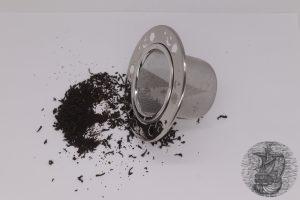
These filters are often integrated into teapots. Especially in cast iron teapots.
Their size is related to the pot’s size and they are usually large enough to allow the tea leaves to unfold.
Advantages:
They are large enough and usually fit in pots and cups
They are easy to clean (they can even be put in the dishwasher, this way they will be as good as new. However, this is frowned upon by purists, as the dishwashing detergent leaves an odor).
They are tightly woven
Disadvantages:
They get hot and are difficult to get out of the pot after the tea has drawn enough.
Metal filters with a rim work better, but they do not fit exactly into the pot, and this way the lid will not close properly.
Bamboo Tea filter
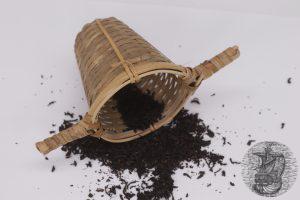
Advantage:
They are sufficiently large
Disadvantage:
They are usually coarsely braided and cut tea leaves can leak (for example broken tea or rooibos)
Fabric Tea filter
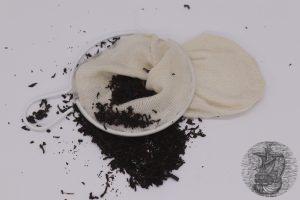
Advantage:
They are finely woven and therefore also suitable for cut tea
They can be washed in the washing machine (without the metal ring), but this is not really necessary.
Disadvantage:
They take on the color and smell of the tea. Therefore, each type of tea should have its own filter.
Tea filter-spoon

Advantage:
Due to their shape, you can “spoon up” the tea leaves directly from the tea tin
They are easy to clean
Disadvantage:
They are only suitable for one cup of tea, for more they are too small
Tea strainer with spring
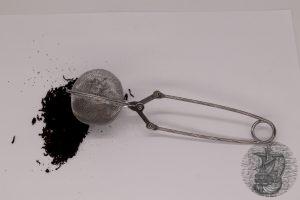
They are available in different sizes
Advantage:
Depending on size, they are big enough for a cup or a pot
Disadvantage:
They are not easy to clean, because you have to keep them open
The spring can become loose, then the filter will not close properly.
Paper filter
Advantage:
They are nice and big
Disadvantage:
They are open at the top and have to be closed with a clip or with a skewer, which then hangs over the edge of the cup.
The paper can have a taste of its own
Fleece filter
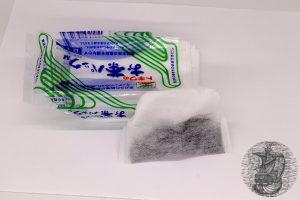
These are tea bags that you can fill yourself. A part of the bag is then turned upside down so that they are closed. Some models even have a thread attached so that you can fix it to the cup handle.
Advantage:
They are big enough for one cup, you can fill two bags for a jug.
They do not need to be cleaned they are disposed of after use and so they are ideal to take your favorite tea with you on vacation.
Disadvantage:
They are expensive compared to other filters and as a disposable item not really ecological
Glass filters
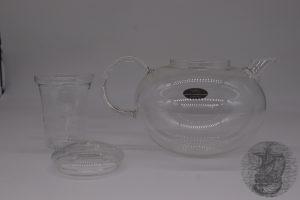
They are usually only available together with a glass jug
Advantage:
They are easy to clean
They are nice and big
Disadvantage:
They are fragile and because they are usually bought together with the jug, they are difficult to replace.
Silicone Tea filter
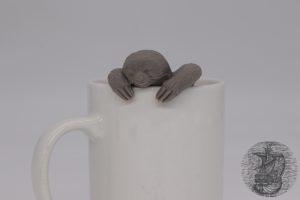
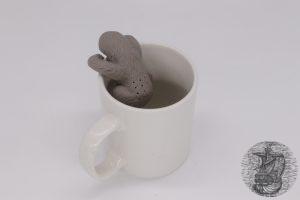
They are usually funny figures/characters, sometimes swimming or hanging from the edge of the cup.
Advantage:
They are pretty to look at
Disadvantage:
They are usually too small and often difficult to clean
Personally, I find that silicone has an inherent odor, and this influences the taste of your tea
Tea eggs
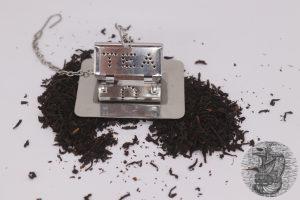
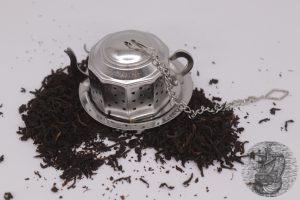
They come in different forms: oval, teapot, house
Advantage:
They are pretty to look at
Disadvantage:
They are too small and difficult to clean because they are difficult to empty
Then there are the systems where the filter retains the tea leaves in the pot, so to speak

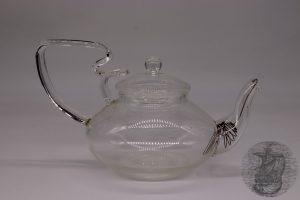
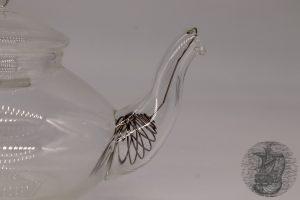
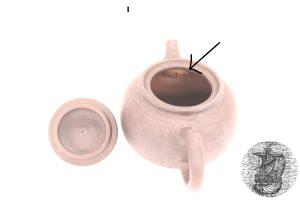
For example, the tea broom from Ostfries-Land
Or where the jug itself holds back the leaves with only small holes at the spout.
Advantage:
You do not need an additional filter
Disadvantage:
You cannot determine the infusion time. This system is only suitable for small teapots that are emptied immediately or for tea where it does not matter how strong it gets.
One more thing about cleaning the tea filters:
It is sufficient to rinse the filter with cold or sometimes hot water. It is best to have a separate filter for each type of tea! Then even the coloration and the taking on of the taste does not matter!
So, one for green tea, one for black tea, one for fruit tea, and rooibos. And for the white, yellow, green-blue, and fermented teas you simply take the filter that best suits its taste.





2 Comments
Laura
Thanks for this highly informative post! I’m researching ways to filter large quantities of loose leaf tea.
Sapori del Mondo
Hi, there are also bigger filters for several liters of tea. Maybe you can find them. Another way would be to put the loose leaves in a thin fabric bag.